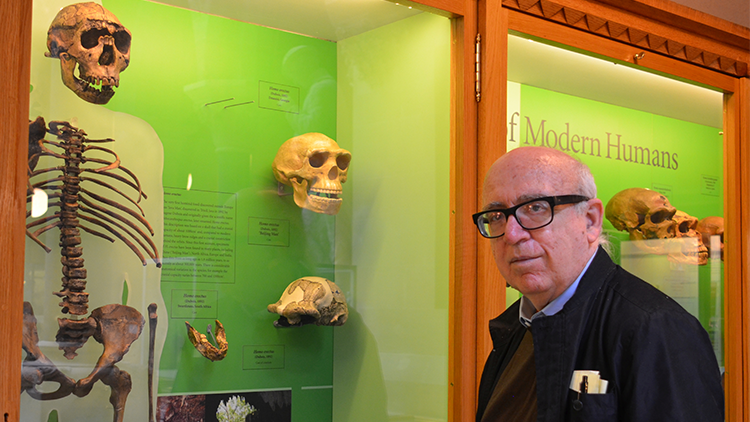You Mean THAT's In the
Bible?
By: Satyaraja Dasa
Dedicated to His Divine
Grace A.C. Bhaktivedanta Swami
Prabhupada, who set the perfect example in his own life, by
Loving the Lord with all of his heart, soul, and mind. (See
Matt. 22:36-40)
Table
of Contents
-------------------
1) Introduction
2) You are not the Body
3) One Who Loves Christ Must Follow His Commandments
4) Meat Eating
5) Reincarnation
6) Celibacy
7) Renunciation
8) "There is much I have to tell you..."
9) Jesus and God May Be One--But They Are Also Different
10) Miscellaneous
11) After word
(Special thanks to His Grace Rajendranath Dasa; the fruits of
His research were indispensable to the production of this
Pamphlet)
1) INTRODUCTION
Both read the Bible day
and night.
But thou read’s black
where I read white.
--William Blake--
Everyone has some
conception of Christianity, whether one
Is a believer or not. The Christian doctrine is amenable to
Many different interpretations and, indeed, many have taken
Advantage of this amenability.
As early as sixty-five years
After the time of Jesus, for instance, Paul, who had never met?
Jesus, debated with the original Apostles in regard to Jesus'
Teaching: Paul thought
that Jesus’ advent freed the people
From following the Old Law, that faith alone was required.
Meanwhile, the Apostles taught that Jesus came to enforce the
Old Law, and that faith without work is dead.




